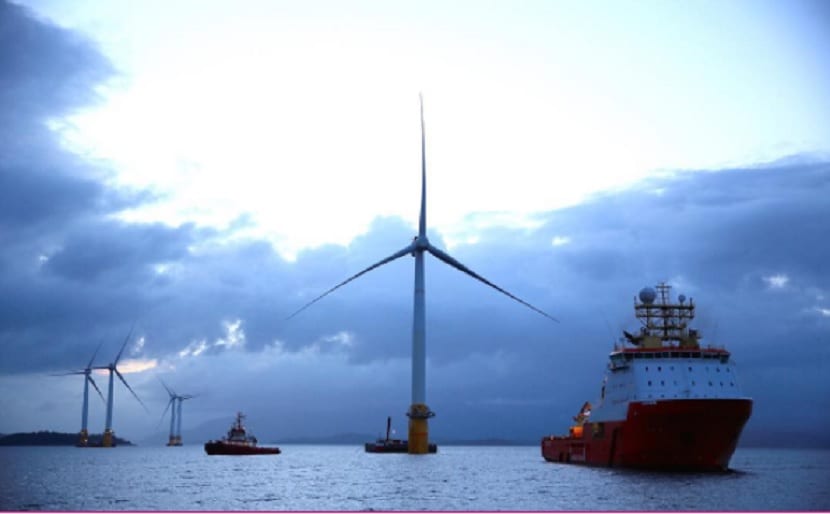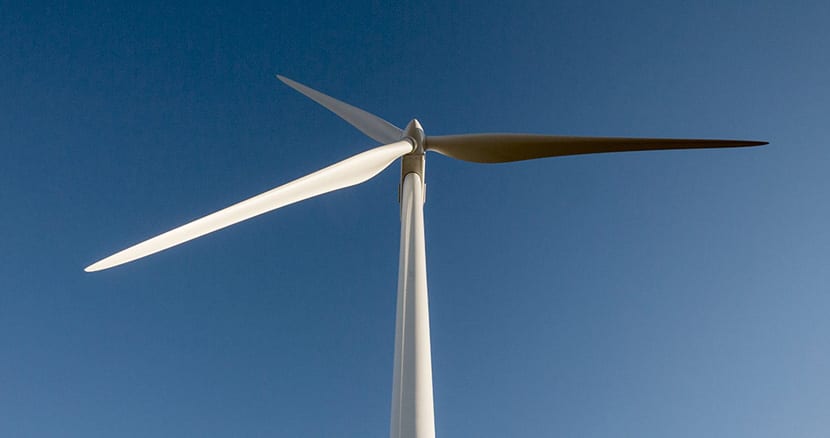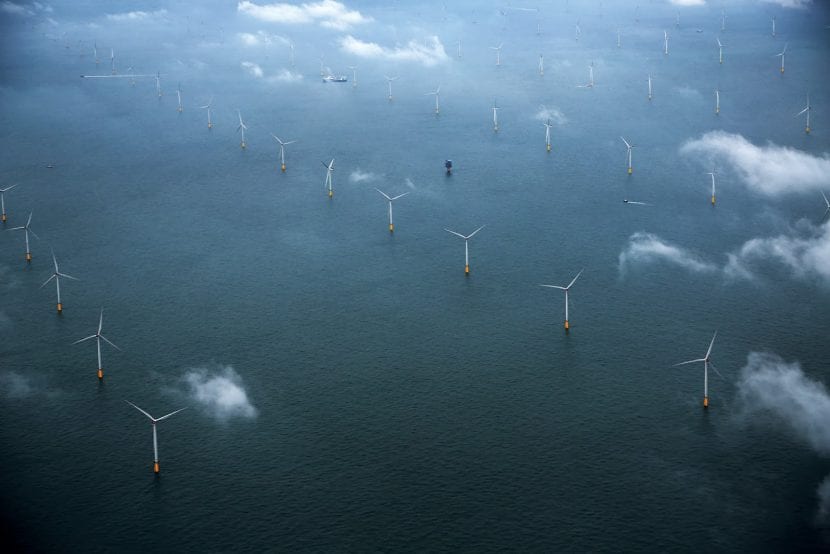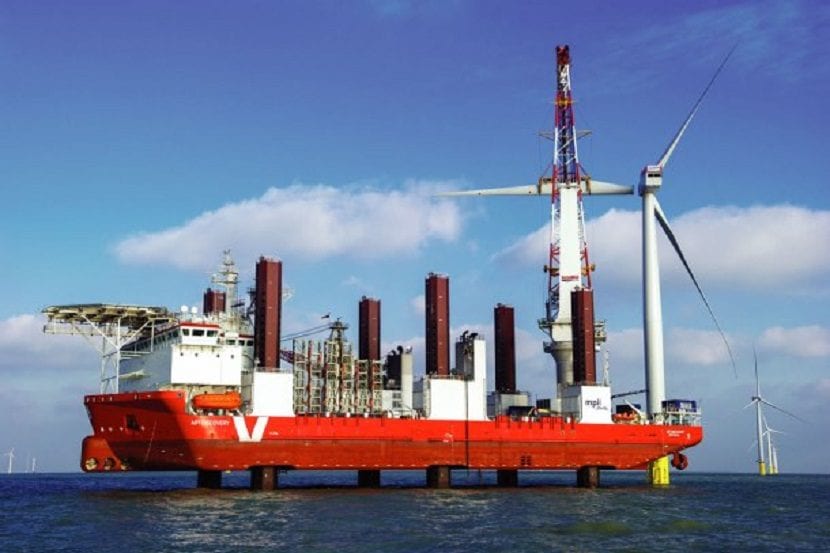
Iberdrola has received all relevant permits from the UK Ministry of Energy and Industrial Strategy (BEIS) for construction of the East Anglia Three offshore wind farm. Which will have an installed power of up to 1.200 megawatts (MW).
In this way, the Basque company will be able to build this renewable megaproject, the most ambitious carried out to date by a Spanish company in the renewable energy sector.
East Anglia offshore wind farm
This new offshore wind farm joins the one already being developed by Iberdrola in the same area, called East Anglia One, with 714 MW of power. In this way, the future East Anglia complex will reach 2.000 megawatts of power, becoming one of the largest renewable facilities in the world.

East Anglia Three will be located 69 kilometers offshore from the Norfolk coast, very close to the metropolitan area of London, and will be able to supply electricity to approximately one million English homes.
Iberdrola's objective is to start construction in 2022, with a view to starting production in 2025. The installation will cover an area of up to 305 square kilometers and will require the installation of between 100 and 120 wind turbines to provide full capacity.
The forecast is to install new generation turbines in this offshore park, the largest and most efficient on the market, with a height of up to 247 meters, the equivalent of two and a half times the size of Big Ben (96 meters).
In fact, in the same area there is the largest wind farm built at the moment, the London Array
Largest marine park in the world
In 1991, the first offshore wind farm in the world was created, that of Vindeby. It was installed in Denmark, in the waters of the Baltic Sea, and had eleven wind turbines. At the end of 2016, the installed capacity of offshore wind reached over 9000 (MW). Today, offshore wind energy remains one of the clearest future bets for renewables, although it is not yet a completely profitable technology.
Currently, the largest offshore offshore wind farm is on the coast of Kent (England). Despite being the largest park in the world, its promoters plan to increase its power up to 870 MW in a second phase pending approval.

London array
After four years of construction and an investment of more than2.200 million euros, the park is made up of 175 Vestas SWT wind turbines, These extend out to sea occupying an area of approximately 100 square kilometers at a distance of 20 kilometers from the Kent coast, southeast of England.
An average of 450 kilometers submarine cables and two offshore substations, which centralize the energy generated by the wind turbines before transporting it to the ground inside.

Assembling the wind turbines
For the installation of each wind turbine offshore, it has been necessary to build a regular mesh of piles adapted to the specific characteristics of the seabed, with a depth that varies between 5 and 25 meters depending on the case. These supports allow each of the turbines to be lifted Vestas SWT-3.6MW-120 above the sea level, and on the other hand, act as a foundation to transmit its weight of up to 225 tons to the ground.

Each of the 175 wind turbines has a height of 147 meters, 90 meters rotor diameter and a blade length of 58,5 meters. For the transport of the energy generated by each of them, there are 210 km of submarine cable that connects each of the turbines with the two offshore substations, and these in turn connect with the substation of Cleve hill on dry land through 4 cables of 150 kV that reach the 220 km of length.
According to the promoters' estimates, in 2012 the existing offshore wind farm to date supplied about a 1,5% of electricity, but with the London Array this figure is expected to rise above the 5% thus avoiding the emission of 925.000 tons annual CO2.
The recognition of wind energy as one of the least polluting and safe in the European energy scene is beginning to play a relevant role in the production of renewable energy on a global scale. In the case of offshore wind, the energy generated by the turbines has a lesser impact on the the environment, does not require dumping or earthmoving, and being located offshore, it has an impact less aggressive on fauna and vegetation compared to conventional wind.